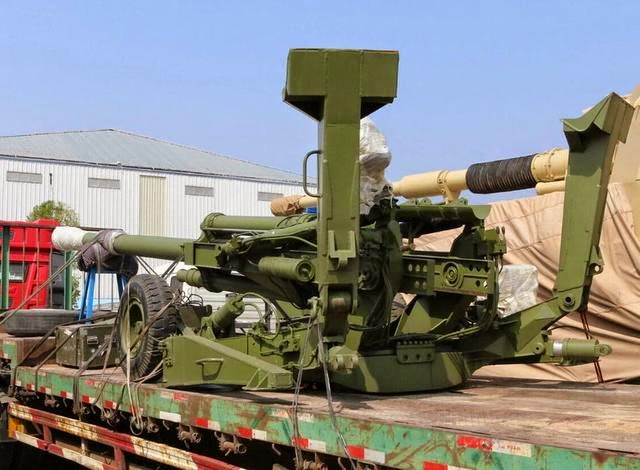Country Risk
China proposes 'Underwater Great Wall' that could erode US, Russian submarine advantages
Richard D Fisher Jr, Washington, DC- IHS Jane's Defence Weekly
17 May 2016
The China State Shipbuilding Corporation (CSSC) has proposed the construction of a network of ship and subsurface sensors that could significantly erode the undersea warfare advantage held by US and Russian submarines and contribute greatly to future Chinese ability to control the South China Sea (SCS).
Details of the network of sensors, called the 'Underwater Great Wall Project', were revealed in a CSSC booth at a public exhibition in China in late 2015. A translated copy of the descriptions was obtained by
IHS Jane'sfrom a government official. The text was confirmed by a source from a second government on condition of anonymity.
While some elements of this network have been known for some time, CSSC is now in effect proposing an improved Chinese version of the Sound Surveillance System (SOSUS) that for a time gave the US a significant advantage in countering Soviet submarines during the Cold War. The system proposed by CSSC is likely being obtained by China's People's Liberation Army Navy (PLAN) but may also be offered for export.
CSSC says that, among other things, its objective is to provide customers with "a package solution in terms of underwater environment monitoring and collection, real-time location, tracing of surface and underwater targets, warning of seaquakes, tsunamis, and other disasters as well as marine scientific research".
The corporation says in the document that its "R&D and production bases in Beijing and Wuxi [have] the ability to support the whole industry chain covering fundamental research, key technology development, solution design, overall system integration, core equipment development, production, and operation service support".
The shipbuilding conglomerate says it has 10 series of products on offer that include systems relating to marine observation, oceanographic instrumentation, underwater robotics, and ship support.
Specific components of CSSC's surveillance system include surface ships, sonar systems, underwater security equipment, marine oil and gas exploration equipment, underwater unmanned equipment, and marine instrument electronic equipment.
To read the full article,
(338 of 681 words)



